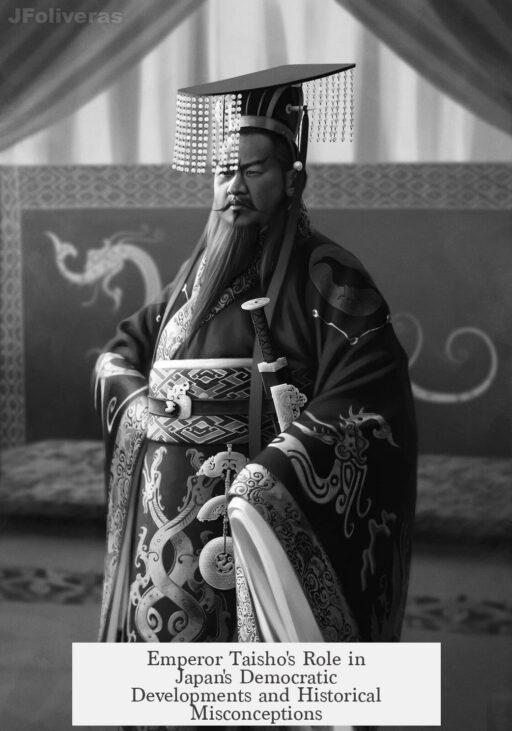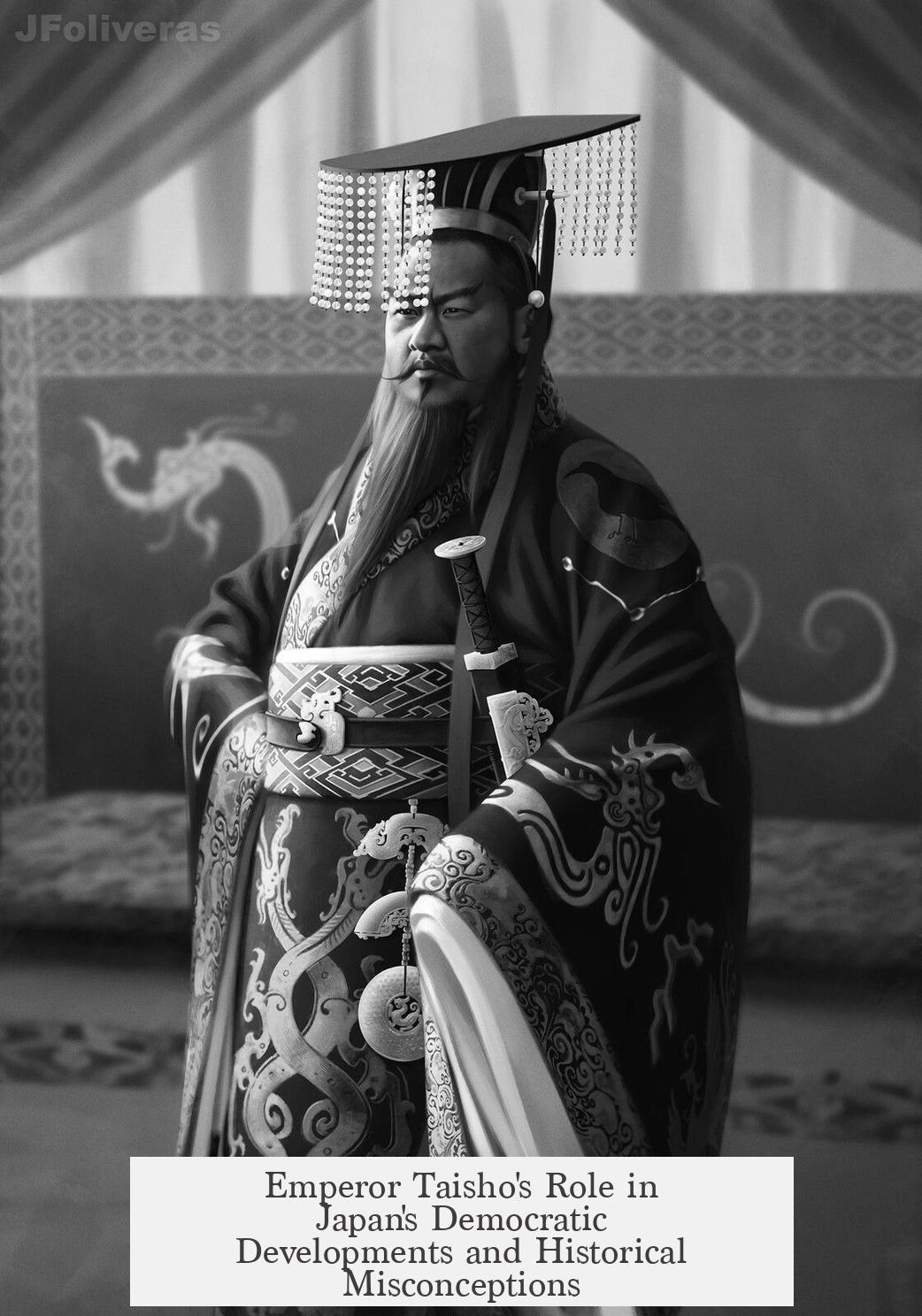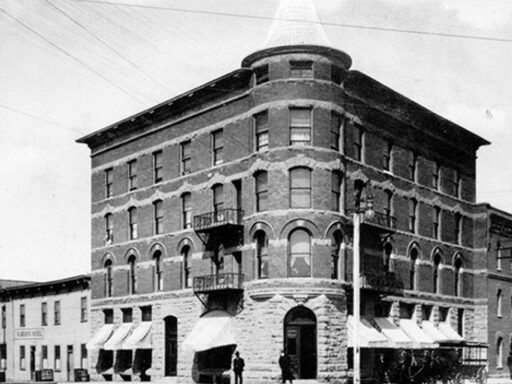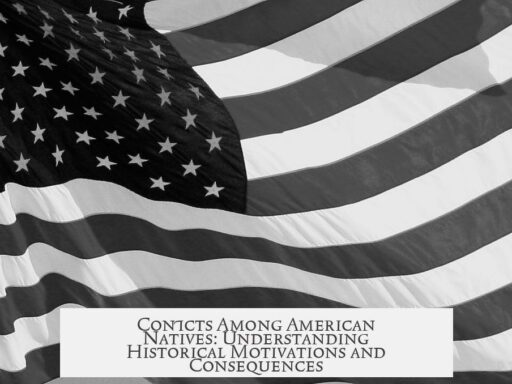Emperor Taisho is known for democracy primarily due to the historical period called “Taisho Democracy,” marked by a temporary shift toward party politics and civilian leadership in Japan. However, this association is complex and somewhat misleading, as Emperor Taisho himself had limited personal involvement in political reforms or democratization.
The phrase “Taisho Democracy” did not arise contemporaneously. It was coined in 1954 by a Japanese historian to describe political trends during and shortly after the Taisho era (1912–1926). Importantly, this term covers a broader timeframe, extending from 1918 through 1932, and overlaps with the early Showa era.
The notion of “Taisho Democracy” suggests a move toward more democratic governance during Taisho’s reign. Yet, this period was not a full democratic revolution but rather a transient shift. The era saw increased influence of political parties and the civilian government partly replacing the oligarchic rule established during the Meiji period. This change is often characterized as a brief liberalization before militarism and authoritarianism reemerged in Japan.
Emperor Yoshihito (Taisho’s personal name) played a limited role in this political landscape. Health issues largely incapacitated him by the 1920s, reducing his public appearances and political decision-making. His son, Hirohito, acted as a caregiver and later emperor. Historical accounts characterize Taisho as compliant with his advisors, with little evidence of him actively steering democratic reforms. Nor did the emperor or the imperial institution hold supreme power in practical terms during this time.
Unlike some Western monarchs who exercised symbolic or active political power, the Japanese emperor’s authority was circumscribed by the government’s structure. The Meiji Constitution, adopted in the late 19th century, established Japan’s government. It drew heavily from the Prussian/German civil code, favoring a hierarchical, monarch-centered system rather than popular sovereignty.
- The Meiji Constitution enshrined the emperor as the sole sovereign.
- Power was justified through Confucian principles of hierarchy and filial piety.
- Imperial Rescripts demanded obedience: “The emperor orders, subjects obey.”
Within this framework, the real decision-making power rarely rested with the elected parliamentary body. The Diet of Japan consisted of two houses:
| House | Description | Power |
|---|---|---|
| House of Representatives (Lower House) | Elected by the people | Limited; cabinet and key government officials were appointed independently |
| House of Peers (Upper House) | Members from nobility and imperial appointees | Higher authority, conservative influence |
Crucially, the cabinet was chosen by the emperor but effectively controlled by the oligarchs, called Genro, unelected elders who wielded strong influence. Military and civil bureaucracies answered only to the emperor. This preserved conservative and autocratic control, limiting democratic power.
In terms of history, the Meiji Restoration, which installed the imperial regime replacing the Shogunate, was not a liberal or democratic revolution. Rather, it was elite factions wresting control to establish a modern autocracy rooted in hierarchy. Democracy as a political system remained underdeveloped during the Taisho era.
Scholars debate the term “Taisho Democracy.” Some suggest the phrase exaggerates the democratic nature of the period. Terms like “imperial democracy” highlight the paradox of democratic institutions existing under autocratic imperial influence. The movement toward party politics was real but did not dismantle entrenched powers.
By the early 1930s, democratic gains reversed as militarism increased. The fragile balance of civilian government weakened, making the so-called “Taisho Democracy” a short-lived experiment rather than a lasting transformation.
- Emperor Taisho himself had low political impact due to health and personality.
- The “Taisho Democracy” period marks a temporary phase of political liberalization, not a full democracy.
- Institutional power remained with oligarchs and the imperial framework.
- The Meiji system prioritized imperial sovereignty over popular rule.
- The era ended with the resurgence of military dominance before World War II.
Why is Emperor Taisho Known For Democracy?
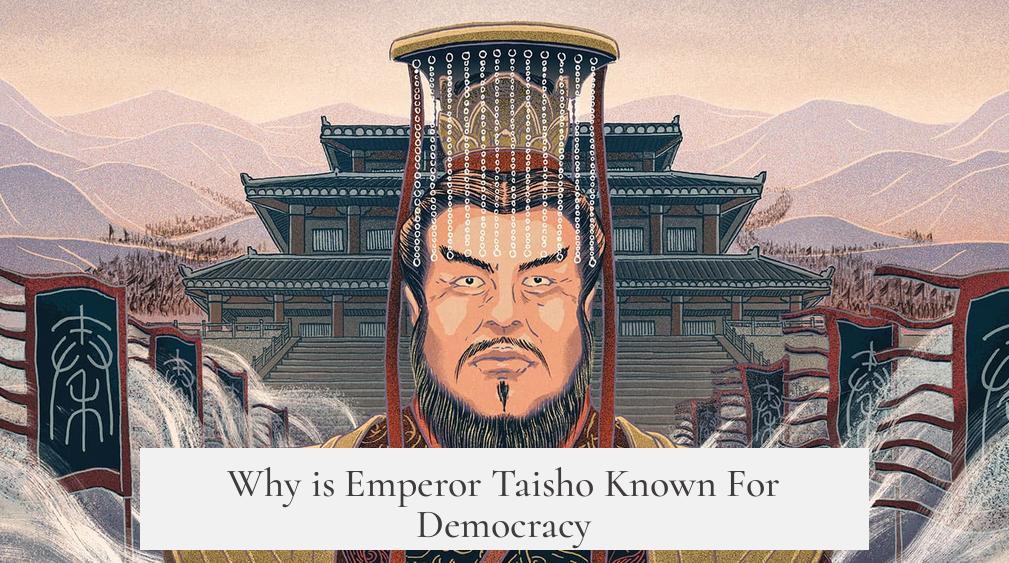
Emperor Taisho is often linked to the term “Taisho Democracy,” but it’s a bit of a historical curveball. In reality, Emperor Taisho (Yoshihito) himself had limited political power and involvement, and the democracy of the Taisho era was temporary, constrained, and certainly not the democratic utopia one might imagine. So why does this association exist? Let’s unpack this curious tale.
A Misleading Label: The Myth of “Taisho Democracy”
First, it’s important to untangle a common misconception. The term “Taisho Democracy” was actually coined in 1954, some decades after Emperor Taisho’s reign. A Japanese historian gave this catchy name to an era that roughly spans 1918-1932—an era that crosses both the Taisho and early Showa periods.
Yet, scholars argue it’s a misleading term. It suggests a strong democratic shift centered under Emperor Taisho, but that’s not quite true. Some prefer “imperial democracy,” a phrase coined by historian Andrew Gordon, to highlight the inherent tension between imperial rule and democratic ideals. The “Taisho democracy” period was more a political experiment than a fully established democracy.
The Emperor Who Watched from the Sidelines
Emperor Yoshihito, known as Emperor Taisho, wasn’t the political powerhouse many expect a monarch to be. By 1923, he was practically incapacitated, suffering from health and possibly neurological issues. His public appearances became rare, and his son, Hirohito (future Emperor Showa), stepped in as the caretaker.
During his reign (1912–1926), Taisho was more a figurehead than a decision-maker. Many historians note his compliance with advisors and a lack of visible involvement in politics. The real reins of power were held by oligarchs and politicians, not the emperor himself.
A Fleeting Experiment: From Oligarchs to Parties—and Back
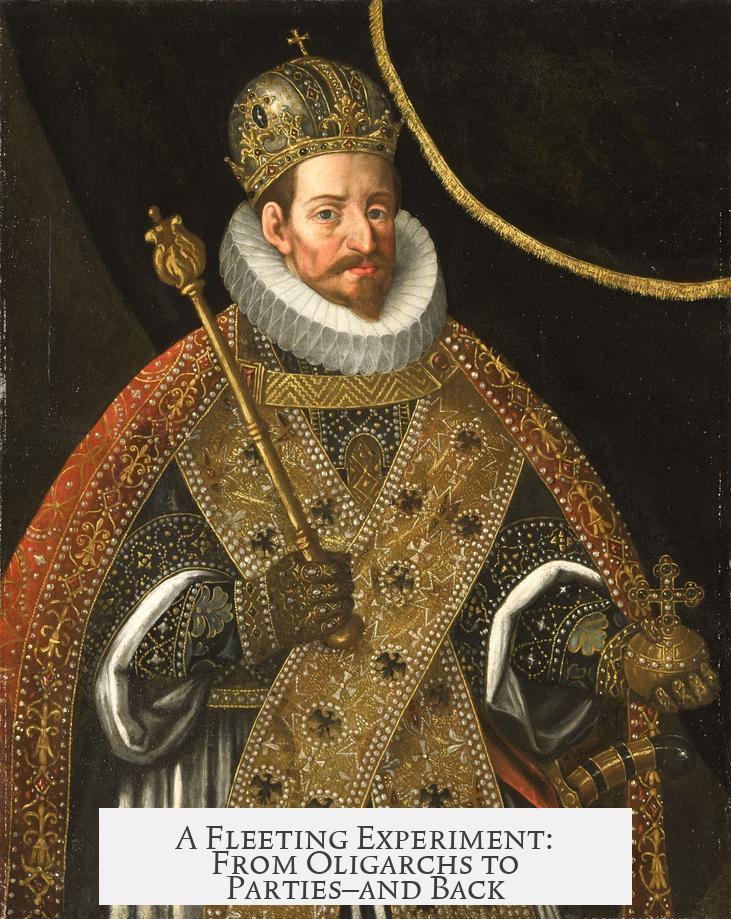
The period called “Taisho Democracy” was essentially a brief shift away from oligarchic dominance toward party government and civilian leadership. Imagine a political seesaw gently tipping from oligarchy to party politics.
However, this democratic moment did not solidify into an enduring system. The oligarchs never completely disappeared, and military influence surged again, clearing the way for militarism and fascism by the 1930s. Democracy was more like a flickering stage light than a spotlight illuminating the entire stage.
Where Did This All Come From? The Meiji Restoration Legacy
To understand why “Taisho Democracy” was limited, we must peer back to the Meiji Restoration in 1868. This was not a popular revolution but an elite power shuffle. Rebels from samurai clans like Satsuma and Choshu toppled the shogun but replaced feudal despotism with a modern autocracy.
The new regime embraced modernization with a twist: a strong, centralized oligarchy controlled the reins, cloaked in Confucian values such as obedience and filial piety. The emperor was elevated as the sovereign, but real political power rested elsewhere.
The Prussian Influence—and Its Impact on Power Distribution
The Meiji Constitution, crafted under the guidance of statesman Hirobumi Ito, drew heavily on the Prussian/German model, not the more democratic British or American frameworks. The emperor was supreme, and the constitution embedded hierarchical, Confucian principles. Simply put, the emperor commanded, and subjects obeyed.
This system didn’t foster a vibrant democracy. It created a façade where an elected parliament existed but key institutions were immune to popular control.
The Elected Parliament: More Symbolic Than Sovereign
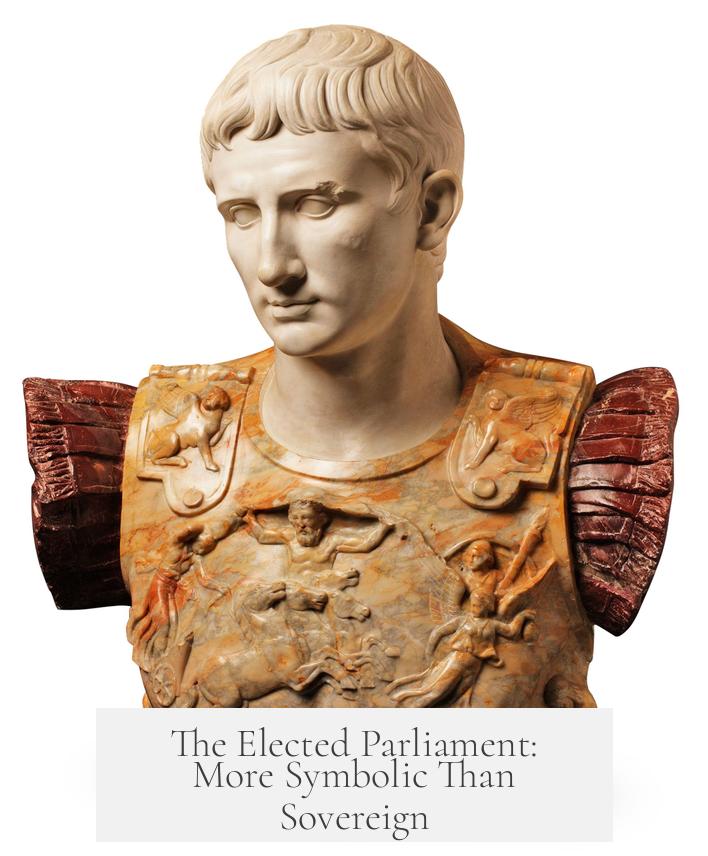
Japan’s parliament, called the Diet, had two houses. Only the Lower House was elected by the people, while the Upper House—the House of Peers—was appointed by elite circles. The real pitfalls were the unelected bodies—the Privy Council and the Genro Council—that advised the emperor and held sway over decisions.
The oligarchs, often former samurai and bureaucrats, controlled appointments, including the cabinet. Even though the Lower House could pass laws, the cabinet and military answered only to the emperor, who remained a symbolic but powerful figurehead. In practice, civilian leaders had limited power to shape policy without oligarch approval.
So Why Does Emperor Taisho Get Credited with Democracy?
It comes down to timing and terminology. The “Taisho Democracy” label coincides roughly with his reign when political parties gained influence in the parliament, suffrage widened, and there were pushes for more liberal policies. This era feels like a breath of fresh air compared to the tightly controlled Meiji oligarchy and later militarism.
Yet, Emperor Taisho himself was not a democrat in the sense of championing popular sovereignty or political reform. His health, personality, and role meant he was more a passive symbol than an active agent of change.
In short, “Taisho Democracy” reflects an era of evolving political dynamics rather than the emperor’s direct legacy. It’s a reminder how history sometimes paints neat pictures that blur the real complexity behind leaders and systems.
Final Thoughts: Democracy in Japan—A Complicated Dance
Looking back at the Taisho era offers lessons in how democracy doesn’t just blossom overnight or because of a monarch’s goodwill. It requires institutions, power-sharing, and sometimes the messy push-and-pull of different actors.
Emperor Taisho is best understood as the man behind the scenes of a fleeting democratic experiment—not its architect. That democracy during his reign was fragile and limited, eventually overshadowed by military dominance in the decades to come.
How do you think democracy can take root when powerful elites and institutions resist change? Could the Taisho experience inform modern movements navigating entrenched authority? This tale from Japanese history invites us to think beyond labels and look deeply at what democracy truly means in practice.
